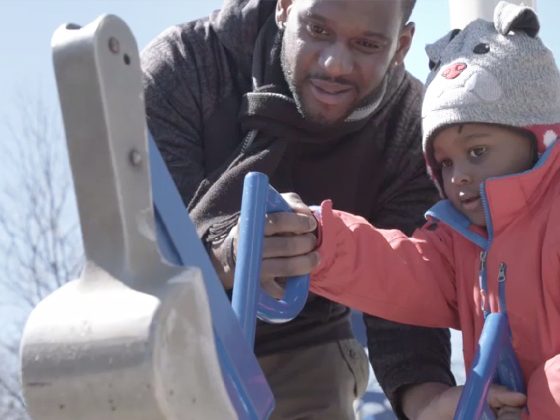
Sensory Learning
Play is how kids explore, discover, and learn about the world around them.
As babies and toddlers begin to explore their home and surroundings, you can keep them safe and engaged as they play and discover. Watch this video and then try some of these playful activities that help children learn through their senses:
- “Tummy time” helps babies learn to hold up their heads, crawl, and focus on their surroundings. Set up a small mirror in front of them so they can see their reflection and expressions.
- Little ones explore by touching everything and anything! Find safe objects of different textures for children to touch and explore. Try a cotton ball, a cardboard box, a small plastic bottle with water, some plastic containers, and a wooden spoon.
- Sounds are all around us, and kids love making their own sounds and music! Set up homemade instruments to play with: a pot and spoon can be a drum set, and a paper-towel roll with holes poked in it can be a “flute.” Encourage siblings to play with sounds together, and use their voices to sing along.
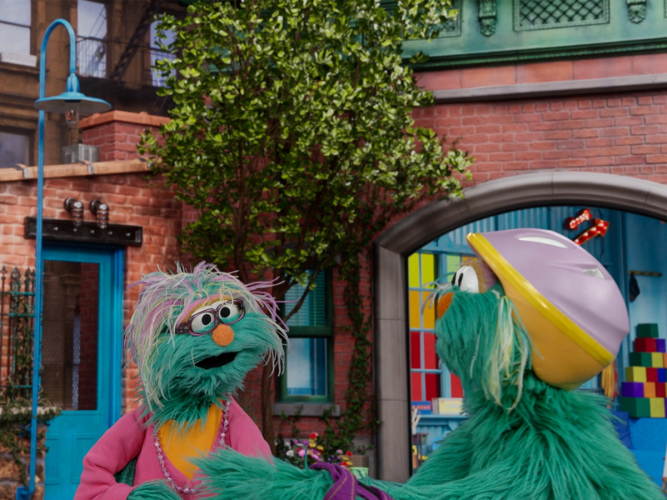
Parenting Moment: Describing
The way you talk with children matters! Your words have power.
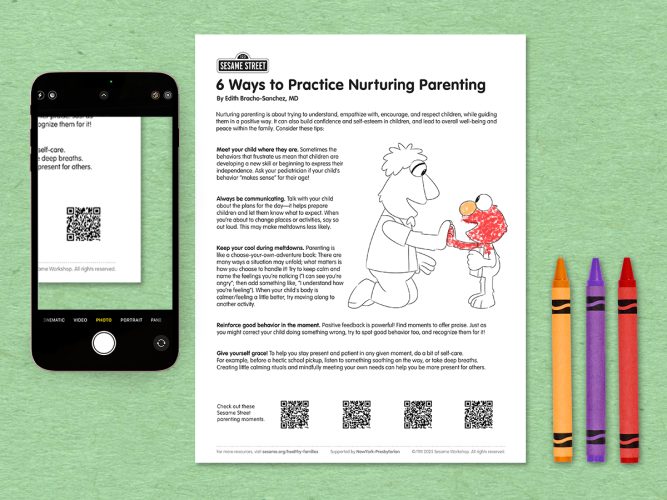
6 Ways to Practice Nurturing Parenting
Tips from a pediatrician on understanding, empathizing with, encouraging, and positively guiding children.
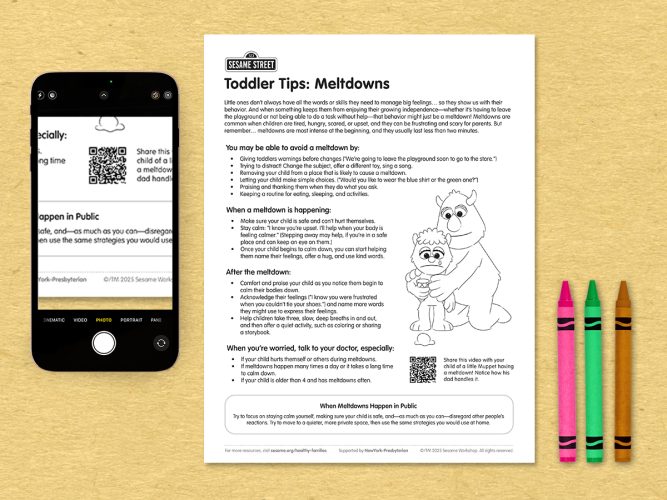
Toddler Tips: Meltdowns
Strategies for during and after a meltdown…and even some ways meltdowns might be avoided.
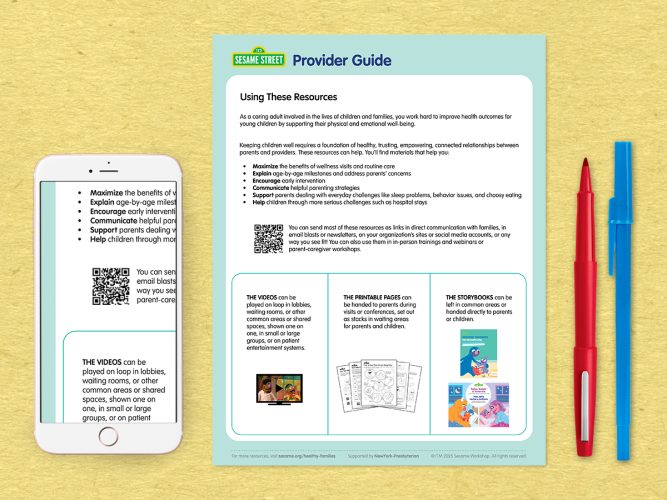
For Providers: Using These Resources
Print and refer to this page as you implement the materials in this initiative.
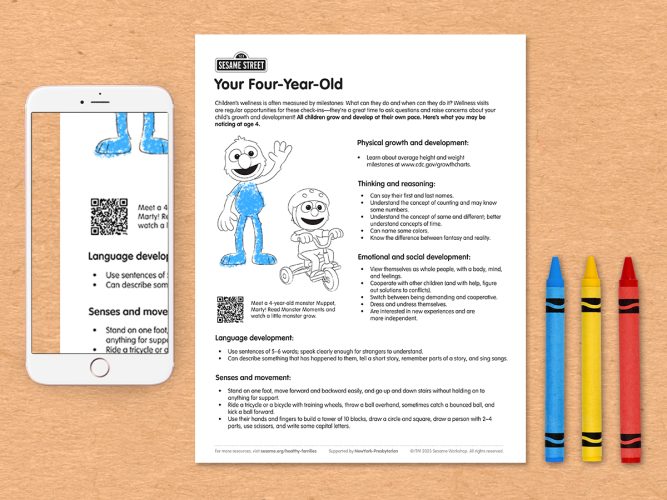
Milestones: Your Four-Year-Old
All children grow and develop at their own pace; use this chart to guide your expectations and observations so you can talk to your child’s pediatrician about questions or concerns.
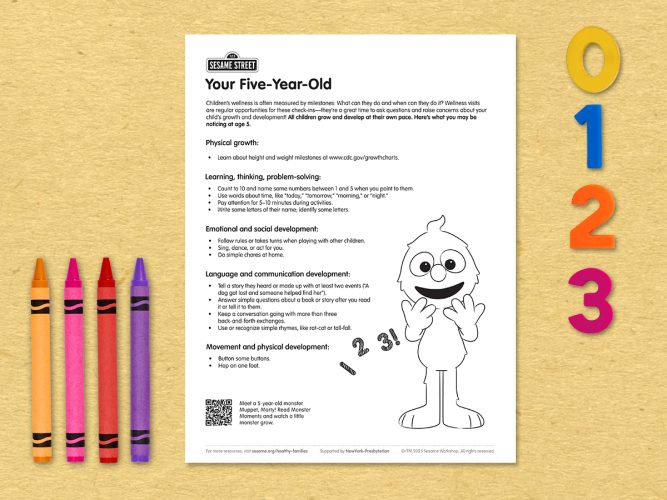
Milestones: Your Five-Year-Old
All children grow and develop at their own pace; use this chart to guide your expectations and observations so you can talk to your child’s pediatrician about questions or concerns.

Milestones: Your Six-Year-Old
All children grow and develop at their own pace; use this chart to guide your expectations and observations so you can talk to your child’s pediatrician about questions or concerns.
